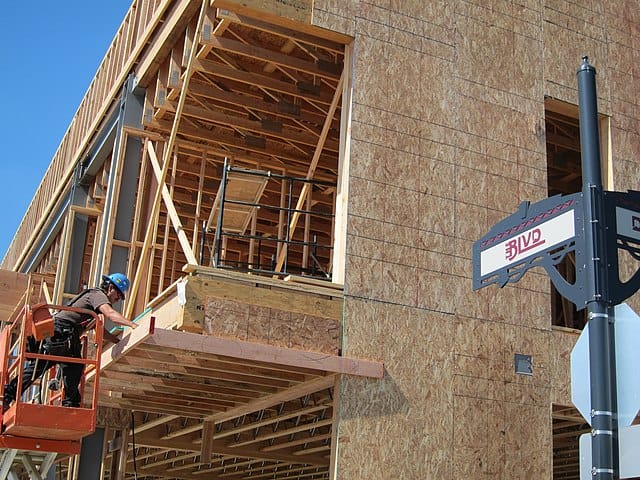Newsom’s CEQA overhaul alarms Inland Empire environmental justice advocates

Governor Gavin Newsom’s recent overhaul of the California Environmental Quality Act (CEQA) spurred reprisal from environmental justice groups. While the changes are intended to fast-track housing and advanced manufacturing projects to address California’s housing shortage, critics argue the reforms put the environment and public health at risk, especially working-class and immigrant communities already overburdened by pollution.
“CEQA creates a process where developers have to assess environmental impacts, hold community meetings, and allow public input,” said Ana Gonzalez, executive director of the Center for Community Action and Environmental Justice (CCAEJ). “It’s a critical tool that lets us either make projects better or stop them if they’ll harm our communities.”
Signed into law in 1970, CEQA has long been a legal mechanism for community members to challenge projects that threaten public health. In recent years, developers and housing advocates have criticized the law as a barrier to new development.
The two new bills Newsom signed as a part of the 2025-2026 state budget, including Assembly Bill 130 (AB 130) and Senate Bill 131 (SB 131), streamline the CEQA review process to reduce barriers to development, meeting critical housing and infrastructure needs.
More specifically, AB 130 exempts most “infill” housing from CEQA review, avoiding lengthy environmental impact assessments, while SB 131 allows for lead agencies other than CEQA to determine if a project is exempt from CEQA review.
“This isn’t just a budget. This is a budget that builds,” Newsom said. “It proves what’s possible when we govern with urgency, with clarity, and with a belief in abundance over scarcity.”
But Gonzalez emphasized that weakening the law undermines residents’ ability to fight for clean air, safe housing, and fair development. While Newsom’s office frames the changes as necessary, Gonzalez warns the rollback could do more harm than good.
She explained that many cities in the Inland Empire have failed to comply with state housing mandates—not because of CEQA delays, but because of a deliberate decision to rezone residential land for industrial use.
“In Bloomington, over 100 homes were destroyed. In Fontana, near Jurupa Hills High School, residential land was converted for warehouses,” Gonzalez said. They’re choosing not to build housing, not because CEQA stops them, but because warehousing is cheaper.”
Though the bill doesn’t directly streamline warehousing, Gonzalez said the inclusion of “advanced manufacturing” allows industrial developers to sidestep scrutiny.
“They can claim it’s manufacturing, get their entitlements, and later switch to a distribution center,” she said. “It’s a bait and switch.”
CCAEJ and other environmental justice groups are now pushing lawmakers for “cleanup language” to at least remove the advanced manufacturing provision.
Meanwhile, some local lawmakers championed Newsom’s CEQA streamlining.
“Mayors are on the frontlines of California’s housing and infrastructure crises, and although we work to provide for our residents, we need help from our State partners,” said Riverside Mayor Patricia Lock-Dawson, CA Big City Mayors Chair.
She added that the measures in AB 130 and SB 131 will equip cities with the tools to develop housing and infrastructure needs while also reaching climate goals.
